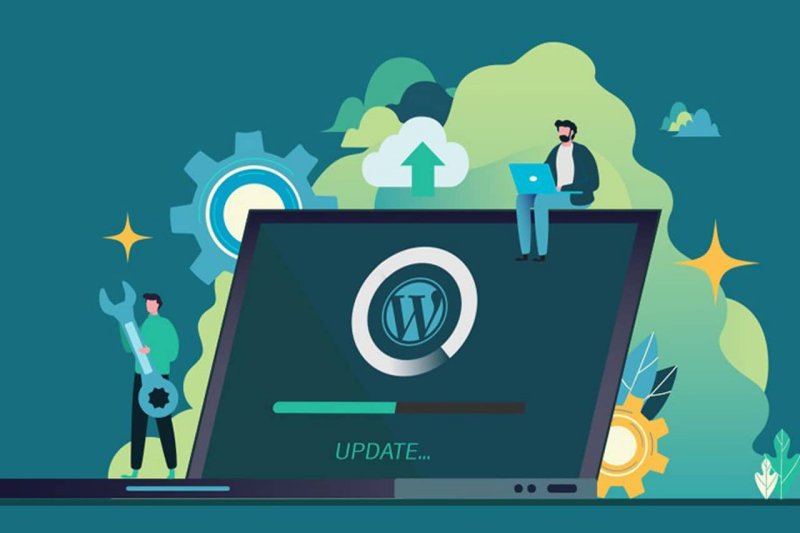
In the vast, cacophonous digital landscape, simply publishing a blog post is akin to whispering in a hurricane. While the passion for your niche and the quality of your content are paramount, they alone won't guarantee an audience. Many bloggers pour their heart and soul into creating insightful articles, only to be met with dishearteningly low visitor numbers. The truth is, attracting traffic to your blog is not merely an art; it’s a science, a strategic endeavor that requires consistent effort across multiple fronts.
If you’re ready to transform your blog from a hidden gem into a bustling hub of valuable information and engaging discussion, this comprehensive guide is for you. We’ll delve into actionable strategies, moving beyond the basics to uncover the techniques that truly drive sustainable, high-quality traffic to your digital doorstep.
I. The Foundation: Exceptional Content and User Experience
Before you even think about promotion, your blog needs to be a destination worth visiting.
1. Create High-Quality, Valuable Content: This might seem obvious, but it's the bedrock. Your content must solve a problem, answer a question, entertain, or inform your specific audience better than anyone else.
- Depth and Detail: Go beyond surface-level information. Provide comprehensive guides, detailed tutorials, or well-researched analyses.
- Originality: Offer a unique perspective or original research whenever possible.
- Actionability: Give your readers clear, actionable steps they can take.
- Problem-Solving: Identify your audience's pain points and create content that offers solutions.
2. Master Evergreen Content: Evergreen content remains relevant and valuable over a long period, continuously attracting traffic. Think "how-to" guides, ultimate lists, foundational concepts, and historical overviews. These posts will bring in traffic long after their initial publication, serving as pillars for your blog's authority.
3. Diversify Content Formats: While text is king, consider integrating other formats to appeal to different learning styles and keep readers engaged.
- Infographics: Visually appealing and shareable summaries of complex data.
- Videos/Vlogs: Embed short explainer videos or vlogs to break up text and offer an alternative.
- Podcasts/Audio Snippets: Allow users to consume content while multitasking.
- Quizzes/Polls: Boost engagement and provide valuable user data.
4. Optimize for User Experience (UX): Google prioritizes user experience, and so should you. A frustrating experience will repel visitors, regardless of content quality.
- Mobile-Friendliness: Ensure your blog is fully responsive and looks great on all devices.
- Site Speed: A slow-loading site is a traffic killer. Optimize images, leverage caching, and choose a reliable host.
- Readability: Use clear fonts, sufficient line spacing, headings, subheadings, and bullet points to break up text.
- Intuitive Navigation: Make it easy for visitors to find what they're looking for with clear menus and categories.
II. The Engine: Search Engine Optimization (SEO)
SEO is the art and science of getting your blog posts to rank high in search engine results. It's the most consistent source of organic traffic.
1. Keyword Research is Non-Negotiable: Understand what words and phrases your target audience uses when searching for information related to your niche.
- Tools: Utilize tools like Google Keyword Planner, Semrush, Ahrefs, or Ubersuggest to identify high-volume, low-competition keywords.
- Long-Tail Keywords: Focus on longer, more specific phrases (e.g., "best vegan chocolate chip cookie recipe for beginners" instead of just "cookie recipe"). These have lower competition and higher conversion rates.
- User Intent: Understand the why behind a search query. Are they looking to buy, learn, or navigate?
2. On-Page SEO Mastery: Once you have your keywords, strategically integrate them into your content.
- Title Tags & Meta Descriptions: Craft compelling, keyword-rich titles and meta descriptions that entice clicks from search results.
- Headings (H1, H2, H3): Use keywords naturally in your headings to structure your content and signal relevance to search engines.
- URL Structure: Create short, descriptive, keyword-rich URLs.
- Image Alt Text: Describe your images using relevant keywords, aiding accessibility and SEO.
- Internal Linking: Link to other relevant posts within your blog, creating a web of content that Google loves to crawl and helping readers discover more of your work.
- External Linking: Link out to authoritative, relevant external sources to lend credibility to your content.
3. Technical SEO Health Check: Ensure the underlying technical aspects of your blog are optimized for search engines.
- XML Sitemaps: Submit a sitemap to Google Search Console to help search engines discover all your pages.
- Robots.txt: Guide search engine crawlers on which pages to index or ignore.
- Schema Markup: Implement structured data to help search engines understand your content better and display rich snippets in search results.
- SSL Certificate: Ensure your site uses HTTPS (secure connection), a Google ranking factor.
III. The Amplifier: Strategic Content Promotion
Writing great content is only half the battle; the other half is making sure people see it.
1. Leverage Social Media Effectively: Don't just auto-share your blog posts. Each platform has its own nuances.
- Tailor Content: Adapt your blog post into different formats for each platform (e.g., a Twitter thread, an Instagram carousel, a LinkedIn article summary, a Pinterest infographic).
- Engage: Don't just broadcast; start conversations, respond to comments, and participate in relevant groups.
- Utilize Hashtags: Research and use relevant hashtags to increase discoverability.
- Consider Paid Promotion: A small budget for social media ads can significantly boost reach to a targeted audience.
2. Build and Nurture an Email List: An email list is one of your most valuable assets. It's direct access to your most engaged readers, independent of search engine algorithms or social media platform changes.
- Offer a Lead Magnet: Provide something valuable for free (e.g., an ebook, checklist, template) in exchange for an email address.
- Regular Newsletters: Send out newsletters highlighting new posts, curated content, and exclusive insights.
- Segment Your List: Send targeted content based on subscriber interests.
3. Guest Blogging & Collaborative Content: Writing for other reputable blogs in your niche (guest blogging) exposes your content to a new, relevant audience.
- High-Quality Pitches: Offer genuinely valuable content ideas tailored to their audience.
- Strategic Links: Include a link back to your blog (and specific relevant posts) in your author bio or within the content itself (where appropriate).
- Collaborate: Partner with other bloggers or influencers for joint webinars, content series, or cross-promotions.
4. Participate in Online Communities: Engage in forums, Reddit communities, Facebook groups, or Q&A sites (like Quora) where your target audience congregates.
- Provide Value: Answer questions thoroughly and offer helpful insights without overtly self-promoting.
- Subtle Promotion: If relevant and allowed by group rules, you can occasionally share a link to one of your blog posts that directly answers a user's question.
- Build Authority: Establish yourself as an expert in your field.
IV. The Refinement: Analyze, Adapt, and Iterate
Traffic generation isn't a "set it and forget it" process. It requires continuous monitoring and adaptation.
1. Utilize Analytics Tools: Tools like Google Analytics are indispensable for understanding your audience and their behavior.
- Traffic Sources: Identify where your visitors are coming from (organic search, social media, referral).
- Top Pages: See which posts are performing best and learn from their success.
- Bounce Rate & Time on Page: Understand how engaged your visitors are with your content.
- Audience Demographics: Tailor your content to your actual audience.
2. A/B Testing for Optimization: Experiment with different headlines, call-to-actions, content formats, or even email subject lines to see what resonates most with your audience. Small tweaks can lead to significant improvements over time.
3. Update and Repurpose Old Content: Don't let your old posts gather dust.
- Content Audits: Regularly review older posts for accuracy, relevance, and outdated information.
- Refresh: Update statistics, add new insights, improve SEO, and republish them with a new date.
- Repurpose: Turn an old blog post into an infographic, a video script, a podcast episode, or a social media series.
Conclusion: The Long Game of Traffic Generation
Driving consistent, quality traffic to your blog is a marathon, not a sprint. It demands patience, persistence, and a willingness to continuously learn and adapt. There's no magic bullet, but by focusing on creating genuinely valuable content, optimizing it for search engines, strategically promoting it across multiple channels, and consistently analyzing your performance, you will gradually build momentum.
Embrace the journey. Experiment with these strategies, track your results, and refine your approach. Over time, your dedication will transform your blog from a quiet corner of the internet into a thriving community, attracting the audience it truly deserves. Start implementing these tips today, and watch your blog's influence and readership steadily grow.







0 Comments
Post Comment
You will need to Login or Register to comment on this post!